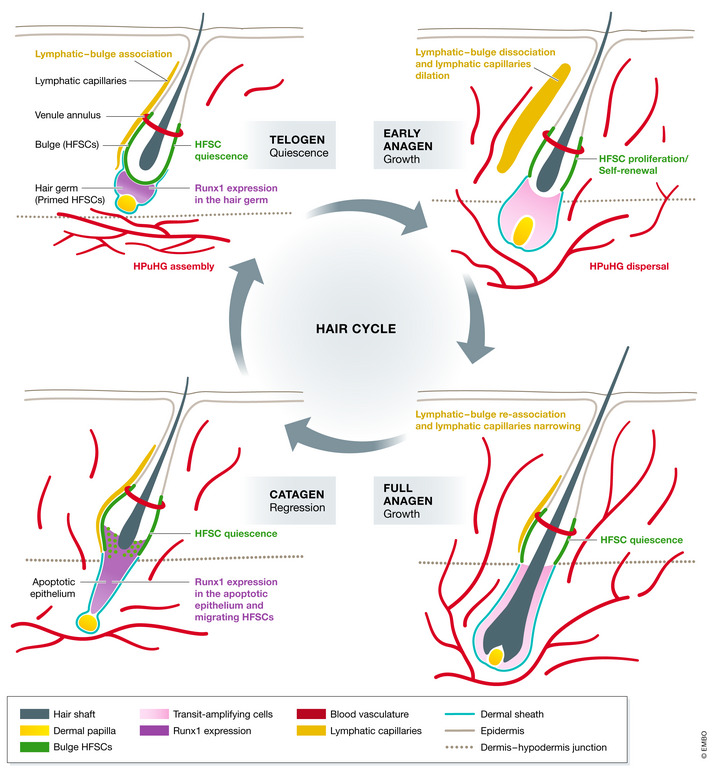Figure 2. Hair cycle and vasculature dynamics during the hair cycle.

In telogen when HFSCs (green) and the primed HFSCs in the hair germ are both quiescent, blood vessels (red) concentrate to form a horizontal plexus under the hair germ (HPuHG). Runx1 (purple) is expressed by the hair germ at this stage and regulates the expression of vasculature‐related genes. Lymphatic capillaries (yellow) are associated with bulge. Once the hair germ receives the activation signals to enter anagen, the growth phase, hair germ cells start to proliferate and give rise to progenitor cells. Bulge HFSCs proliferate to replenish the stem cell pool. Runx1 expression is diminished. At the same time, blood vessels proliferate and disperse to become more vertical toward the epidermis. Lymphatic capillaries disassociate from the bulge and dilate more relative to their telogen morphology. At full anagen, bulge HFSCs return to quiescence. The progenitor cells that are generated earlier now terminally differentiate to make different inner hair lineages which include a new hair shaft. Morphologically, the hair follicle now spans the entire dermis. Blood vessels keep proliferating, and lymphatic capillaries re‐associate with the bulge and become narrow again. At the transition from anagen to catagen the regression stage, bulge cells migrate out of their niche to produce a new hair germ. Then in catagen, differentiated lineages produced in anagen will undergo apoptosis and die, and the hair germ will survive. Both of them have high Runx1 expression. Blood vessels also undergo apoptosis at this stage and begin to change their angle relative to epidermis to adopt a more horizontal orientation again. After all the differentiated lineages in the hair bulb are gone, only the hair germ and bulge cells remain. Hair follicle goes back to telogen and rest, ready for the next round of the hair cycle. The HPuHG is reassembled below the hair follicle.
